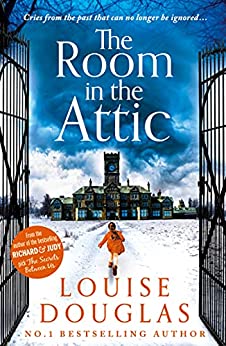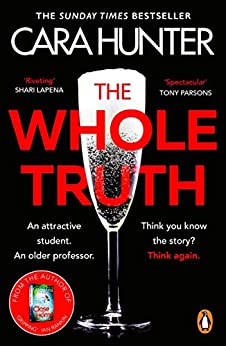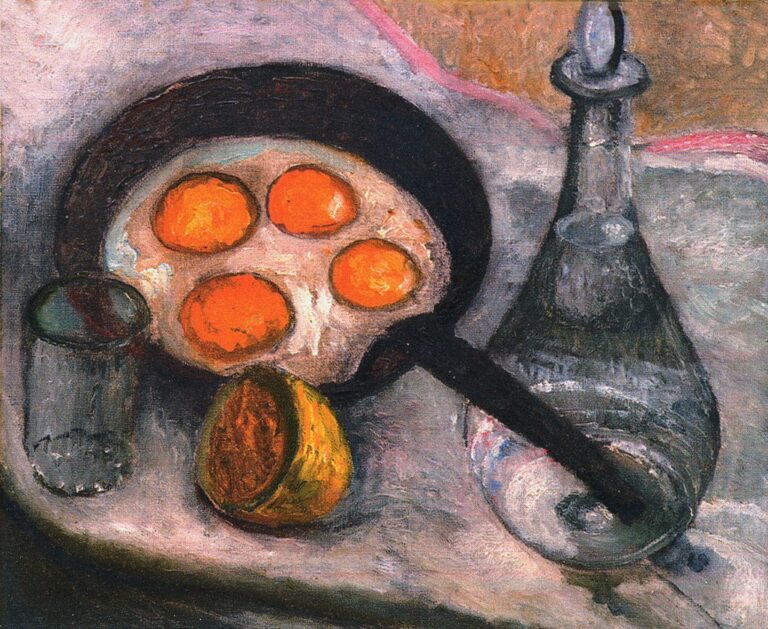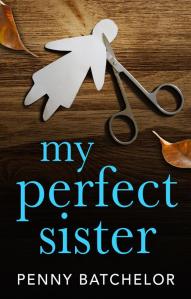
Today’s post is by author, book coach, and developmental editor Lidija Hilje.
It’s often said that scenes are the fundamental building blocks of a story—the smallest units that propel the narrative forward. But what precisely constitutes a scene, and what types of scenes are there?
Typically, when we refer to a scene, we’re talking about it in a classic, strict sense: as a story-relevant event that unfolds in real time. A classic scene contains the smallest piece of the plot and a movement in character arc in response to that plot. The reader follows the protagonist as they move through the scene in real time, and this moment-to-moment development is shown through action, dialogue, description, and internal monologue. Ultimately, the events of the scene challenge the protagonist, leading to a revelation, reaction, or decision that affects the story.
However, especially in literary and upmarket fiction, authors often use other types of scenes. These scenes might not adhere to a strict timeframe and can span months or even years; they might encapsulate the development of a relationship or a character’s personality. This is a summary scene.
Some scenes, on the other hand, don’t necessarily revolve around the protagonist learning something new or making a pivotal decision. Instead, they advance the story by providing deeper insights into the characters and moving the story deeper. This is a postcard scene.
Each type serves a unique purpose. Skilled storytellers use and balance different types of scenes within a single narrative.
Let’s break down each scene type and the best storytelling practices related to them.
Classic scene
A classic scene delves into a story-relevant event, capturing it in real-time and in a specific location. A story-relevant event is a plot point that has the power to push the character’s journey in a positive or negative direction, bringing them closer to or further from their story goal.
As the smallest unit of the story, a scene contains all the essential elements that the overall story should possess: an inciting incident that disrupts the protagonist’s status quo; complications that further challenge the protagonist; a crisis that forces the protagonist to deal with the challenges they’re facing; the climax, when the protagonist finally makes a decision, or reaches a conclusion, or takes a specific course of action; and a resolution which shows us the aftermath of the protagonist’s choice.
The scene moves the story forward by affecting the protagonist: they are faced with new information that has them discovering, unearthing, concluding, deciding.
Let’s say we have a protagonist, June, walking through the park and finding a puppy. The reader follows June closely, and the action unfolds the way it does in real life.
The following is not a full scene, but indicates briefly how a classic scene behaves.
June heard a whimper. It was so quiet she almost missed it. But then, there it was again, clearer, sadder. June neared the bush and knelt. The whimpering stopped. June pushed the branches aside, and two of the most beautiful eyes June had ever seen stared back at her.
“Why, hello there,” June said to the puppy, reaching to scratch its black-and-white head.
The puppy recoiled, and June’s heart twitched. Poor baby, who knew what it’d been through.“It’s okay, little one, I won’t hurt you.”
The puppy couldn’t have been more than a few weeks old. It stared at June with its big, black, starry eyes (…)
Notice how contained in terms of time and space this scene is. Let’s say we continued writing this scene, with a clear and externalized resolution: June decides to keep the dog, despite her landlord not allowing pets. A reader can see how this is going to complicate June’s life—and the story’s plot—going forward.
Summary scene
A summary scene doesn’t unfold in a contained time and space. Instead, it condenses events spanning over a longer period of time. It might convey a specific concept, such as character development, the evolution of a relationship, or the passage of time. The story can meander across various settings and times, spanning years or even decades.
The challenge here is obvious. Even when describing events in a linear fashion, it’s easy to slip into the monotonous pattern of “this happened, then this happened, then this happened.” In essence, the information can come across as dry and disjointed, resembling a list of events rather than a cohesive narrative.
To preserve the storytelling feel even while we are conveying events scattered across a longer period of time, it is important to maintain a through-line: the summary needs to focus on a certain idea. Like a classic scene has an arc, a summary has a progression and a clear takeaway, with the ability to move the story forward.
Here’s an example of a summary with June and her dog.
Over the next few months, June did all she could to hide the puppy from her neighbors, and especially the landlord. Every morning she got up and hid the dog—she named her Dolores because the puppy had the big sad eyes of a flamenco dancer—under her coat or in her gym bag, and took her to the nearby park. She made sure Dolores ran as much as she could, and would throw sticks for her to fetch, and chase her down the park to exhaust some of her tireless puppy energy.
Before she went to work, June would put out enough food and water to get Dolores through the day. She hoped, while she worked, that Dolores was behaving herself, but when she would come home, she would see proof of Dolores’s mischief—the curtains pulled, with teeth holes in them, June’s shoes bitten and chewed, the potted plants displaced from the windowsill. Dolores would squeal with joy for seeing her, and June would have to cough loudly to hide the sound until she closed the door behind her.
But as Dolores grew, it became more difficult to hide her under a coat. She became more restless during the day (…)
The through-line here is that June is hiding the dog and she won’t be able to hide Dolores forever.
The other key to writing a good summary is to give as much precise imagery as possible. The more we can see the events unfolding, the easier it becomes to maintain that sense that we are inside the story. In my example, I compared Dolores’s eyes to those of a flamenco dancer; described Dolores playing catch with June; and detailed what she broke around the apartment.
Postcard scene
A postcard scene is typically used in literary and upmarket fiction and moves the story deeper. A postcard scene feels very internal. Nothing happens plot-wise or even character-arc-wise.
If a classic scene moves us from one point in the story to the next, a postcard sinks us deeper inside the same point in the story. The postcard changes the reader by deepening their understanding of the protagonist or their world.
Literary agent and writing instructor Donald Maass, who first coined the term, explained that the postcard is supposed to feel like its postal namesake. When we send postcards to our loved ones from a faraway place, we have limited space, and we will usually write something like: I’m having a wonderful time. The sunsets are incredible. Wish you were here. In other words, we want the recipient to briefly experience the place we’re visiting the way we are experiencing it. Similarly, the point of a postcard scene is to allow the reader to see what it’s like to be the protagonist, to briefly inhabit their shoes.
Let’s get back to June and her dog and see how a postcard might look.
June knew she couldn’t keep the dog. It was infeasible, unimaginable. Her landlord was a horrible, hard man, and June knew that he would enjoy evicting her over Dolores. And it wasn’t like she’d ever made a decision to keep Dolores, it had been a reaction. Upon reaction, upon reaction. She had taken Dolores in, because what else could she have done that day when Dolores almost got run over by a car? And since then, it was more of the same. June could see in Dolores’s sad eyes what she had seen in the mirror so many times, the kind of pain she still carried within herself. When she became someone no one wanted. But now when Dolores curled up to her in what had become their bed, and looked at her with her wide puppy stare, June could feel the same kind of loss she’d experienced all those years ago. In saving Dolores, it felt like who she was really saving was herself.
In this postcard, nothing changes for June. She doesn’t decide on a new course of action, to either get rid of the dog or fight to keep it. The status quo is maintained. She also doesn’t grow as a character—she doesn’t change into someone who is more or less likely to stand up for what she wants. She doesn’t learn anything new, or reach any new conclusion. But the reader’s understanding of June and her motivations deepens. We see why she is so adamant about keeping Dolores.
Using all types of scene
Here are some considerations for scene usage.
1. Know what type of scenes you are writing, and be consistent with the execution. In my editing practice, I often see a scene bleed into a summary and then back into a scene. While you can use a short summary at the very beginning or end of a classic scene, if you choose to display a certain plot event in real time, follow through on it. Time in a classic scene should flow naturally, the way it does in real life. Be strategic about when you start the scene and when you end it; you don’t want the scene to go on for too long.
Using phrases such as ten minutes later or after awhile in the middle of the scene signals that you are summarizing the passage of time mid-scene, which can have a jarring effect on the reader.
2. Consider your genre when choosing the type(s) of scenes you’ll be using in your novel. Readers of commercial fiction usually appreciate the straightforward way one classic scene leads into the next, and the clarity of the time and place, while literary fiction readers will work harder to make connections themselves. Think of scenes as on a spectrum: all genres use classic scenes, but in literary fiction, classic scenes are often interspersed with summaries and postcards.
3. Be mindful of your scene mix. No matter what you write, be consistent with the balance of scenes you’re using. For example, if you’ve been writing exclusively in classic scenes, the reader is going to expect you to continue in that way. If you switch things up mid-narrative and intersperse a variety of summary or postcard scenes, the reader will feel like they’ve stepped into another type of story. If in the opening chapters you offer a mix of all scene types, the reader will expect you to continue doing so.






